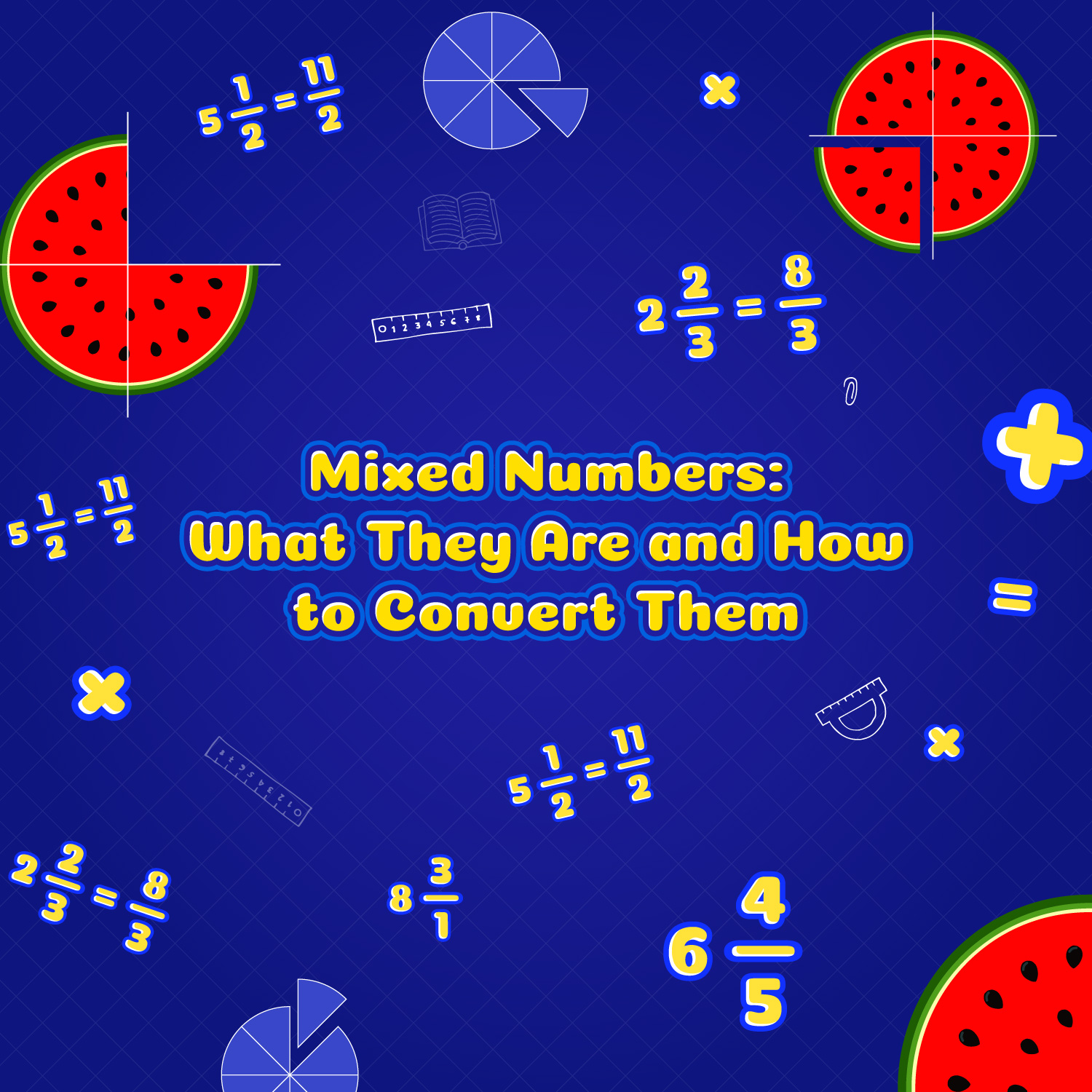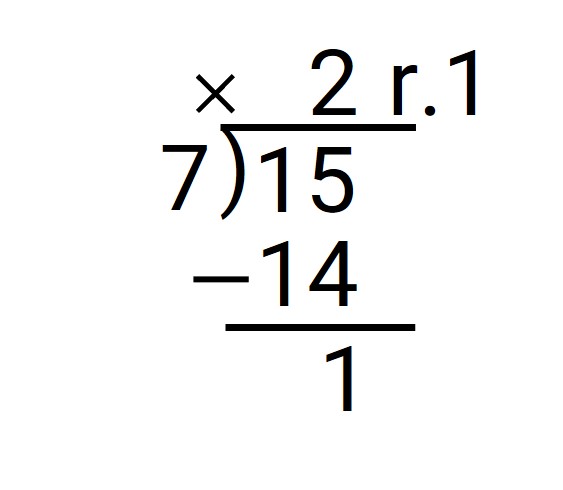Exploring Mixed Numbers: Fun and Useful in Everyday Life!

Although mixed numbers might seem intimidating initially, fear not, as they’re actually quite simple! Let’s together dive into the world of mixed numbers and unravel their significant role in our daily lives.
What are Mixed Numbers?
Mixed numbers are a combination of a whole number and a fraction. They express quantities between two whole numbers, making them an invaluable tool for handling measurements, recipes, and various situations. A mixed number is typically written in the form of “whole number + (numerator/denominator).”
For example:
- $2\frac{1}{2}$ (two and one-half) is a mixed number, where 2 is the whole number and $\frac{1}{2}$ is the fraction.
- $3\frac{3}{4}$ (three and three-fourths) is another mixed number, with 3 as the whole number and $\frac{3}{4}$ as the fraction.
Why are there Mixed Numbers?
From cooking and home improvement to time manage and construction, mixed numbers prove to be indispensable tools in navigating the complexities of our world. That’s why learning mixed numbers, along with the basics of operations and improper fractions, is essential to master the fundamentals of math. Mixed numbers can be used in the following real-life situations:
- Cooking and Baking: Whether you’re in a bustling commercial kitchen or the cozy confines of your own cooking space, mixed numbers come in handy. Many recipes call for ingredients measured in mixed numbers. Imagine baking delicious cookies that require
$3\frac{1}{4}$ cups of flour or $1\frac{1}{4}$ teaspoon of vanilla extract. Embracing mixed numbers makes your culinary adventures a breeze! - Home Improvement: You’ll often encounter measurements during home improvements that aren’t whole numbers. For instance, when you cut a board that’s
$4\frac{1}{2}$ feet long, or when you measure the area of a room that’s
$5\frac{1}{2}$ feet wide. Mixed numbers are essential in ensuring precise measurements. - Measurement and Construction: Professionals ranging from architects and engineers to scientists and doctors frequently utilize mixed numbers. Imagine constructing a bridge where the span needs to be precisely
$350\frac{3}{5}$ feet long, or prescribing exactly
$2\frac{2}{5}$ million units of penicillin to a patient. Mixed numbers help them achieve these precisions. - Time Management: While time itself is not represented in mixed numbers, understanding them can be useful in managing your time effectively. For instance, if you allocate
$1\frac{1}{2}$ hours to study, you can divide your time between different subjects or activities more efficiently.
Converting Mixed Numbers to Improper Fractions and Vice Versa
Converting mixed numbers to improper fractions and vice versa is crucial in many mathematical operations. To convert a mixed number to an improper fraction, multiply the whole number by the denominator of the fraction, add the numerator, and place the result over the original denominator.
For example: Convert $5\frac{1}{2}$ to improper fraction.
Step 1: Multiply 5 (whole number) and 2 (denominator):
$5\times2=10$
Step 2: Add 10 to 1 (numerator).
$10+1=11$
Step 3: Put the result over the original denominator (2).
$\frac{11}{2}$
Therefore, $5\frac{1}{2}$ in improper fraction is $\frac{11}{2}$.
To convert an improper fraction back to a mixed number, divide the numerator by the denominator. The whole number is the quotient, and the remainder becomes the numerator of the fraction, keeping the original denominator.
For example: Convert $\frac{15}{7}$ to mixed number.
Step 1: Divide the numerator (15) by the denominator (7).

Step 2: Write down the quotient (2) as the whole number of the mixed number and the remainder (1) as the new numerator of the fraction part. Keep the original denominator (7) for the fraction part.
$2\frac{1}{7}$
Therefore, the mixed number representation of $\frac{15}{7}$ is $2\frac{1}{7}$
Arithmetic With Mixed Numbers
You can perform addition, subtraction, multiplication, and division with mixed numbers. To do this, you may need to convert them to improper fractions first, carry out the operation, and then convert the result back to a mixed number if necessary. But we’ll explore this in another blog.
In Conclusion
Mixed numbers are a valuable mathematical concept that finds applications in various aspects of our daily lives. Embracing them allows us to handle measurements and quantities more effectively, whether in cooking, home improvement, time management, or construction. By understanding how to convert mixed numbers to improper fractions and vice versa, you’ll have a versatile toolset to tackle various mathematical challenges.
So, the next time you encounter a mixed number, embrace it with confidence, knowing that it’s there to help you make sense of the fractions in your world! Learning this with a personalized learning plan makes it even easier to understand, and it’s more fun!
Through LearnZOE’s personalized learning program, students are equipped with precisely the skills and mastery they need to excel in Math. Discover more about our tutoring services and experience firsthand how we can assist you in achieving your Math goals. Happy Math-ing!
